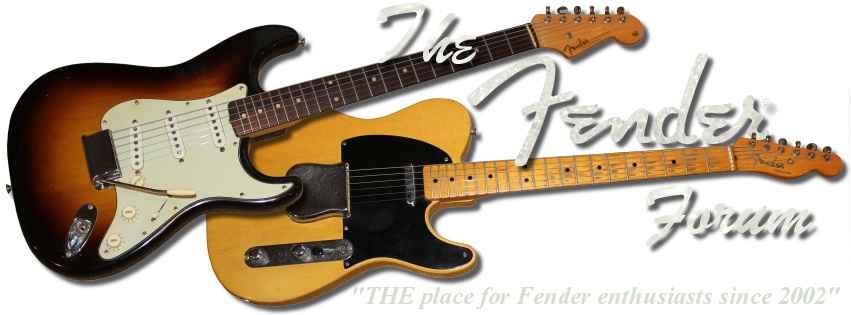After deciding on string gauge, string height setting (nut and bridge), and neck
relief—factors that affect guitar or bass intonation considerably—the individual
string lengths must be adjusted.
• Lower the pickups away from the strings to avoid "doubling" and
electromagnetic pull.
• Lay the instrument flat on a bench to adjust it, but always check the
intonation with the instrument in the playing position as the readings will
be visibly (and later audibly) different. You should always aim to freeze or
"cage" the image of the VS-II strobe display; the less overall movement up
or down, the more accurate the results.
• Always slacken the string while adjusting the saddle position. Failing to
do so may damage the string, the saddle, or in some cases, even the neck!
• Apply some graphite to the nut slots. This helps prevent the string from
binding.
As previously stated, "action" is another important factor influencing correct fretting
(intonation). The higher the action, the further the string must be depressed to
contact the fret. As this happens, greater pressure is exerted on the string resulting
in an increase in pitch.
A high action may cause sharp notes; a low action may cause fret buzz. Action
adjustments can be made at the nut, saddle, or in extreme cases, by resetting the
neck. (On a banjo, coordinator rods or dowel sticks can be adjusted for proper
action.)
A common method for setting intonation is to compare the 12th fret (pressed) and
12th fret flageolet (harmonic):
• If the fretted note is flat compared to the flageolet note, move the bridge
saddle forward to shorten the string.
• If the fretted note is sharp compared to the flageolet note, move the bridge
saddle back to lengthen the string.
• Adjust until both fretted note and and flageolet are identical in pitch.
While this is a common technique, it is not always the most satisfactory. Another
popular alternative is to adjust each string so that it is in tune at two points an octave
apart from each other on the fretboard with a strobe tuner. Using the 5th and 17th
fret as an example:
24
• Tune a string at the 5th fret.
• Check the string at the 17th fret. If sharp, move the saddle back to lengthen
the string. If flat, shorten the string by moving the saddle forward.
Remember to fret the string using the pressure that you would normally
apply while playing!
• Repeat this process until each string is in tune as much as possible at both
the 5th and 17th frets.
This method takes time and must be repeated if you change string gauges but, if
properly executed, yields very satisfactory results.




 Reply With Quote
Reply With Quote






